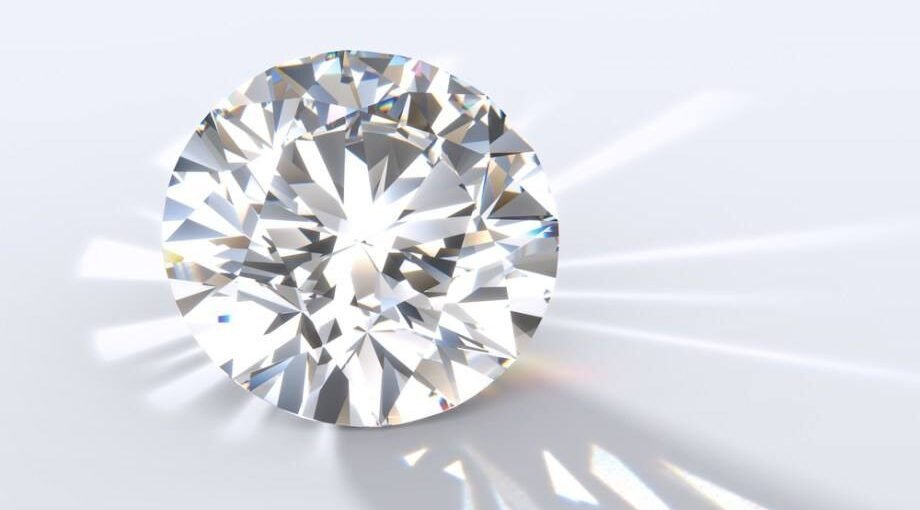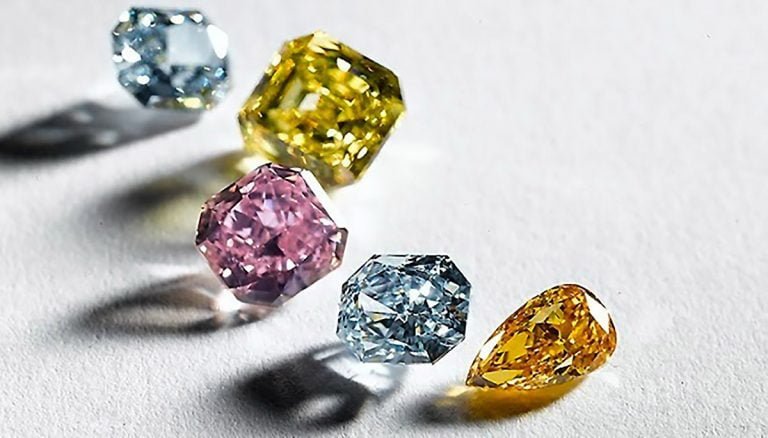Lab Grown Diamonds vs Natural Diamonds
What Are Lab Grown Diamonds ( Cultivated Diamonds)? How Is It Different From a Natural Diamond? Lab-grown diamonds, also known as synthetic diamonds, are diamonds produced in a laboratory setting. They are created from a diamond seed crystal and a process of technological advancement called Chemical Vapor Deposition (CVD). This process uses carbon-rich gases to deposit onto the diamond seed crystal and create a layer-by-layer growth of a diamond. This process was developed in the 1950s and has since been improved upon to create diamonds of higher quality than mined diamonds. Lab-grown diamonds are identical to natural diamonds in every way, and are used in the same applications as mined diamonds. There are currently two methods of synthesizing gem-quality diamonds, one is high temperature and high pressure (HPHT) and the other is chemical vapor deposition (CVD). Lab-grown diamonds: This is done using the method of artificial diamond synthesis, which includes both HPHT (High Pressure High Temperature) and CVD (Chemical Vapor Deposition) methods of growing crystals. In terms of diamond identification, they are all referred to as “Laboratory Grown Diamonds”. Lab Grown Diamonds vs Natural Diamonds: Not only do their appearance and composition match, their physical and chemical properties are identical to those of natural diamonds. The difference lies in the way they are grown; natural diamonds are mined from the ground, whereas laboratory grown diamonds are cultivated by simulating the natural diamond growth environment in the laboratory. With the naked eye or traditional instruments, it is impossible to distinguish between them. If one does not rely on high-resolution instruments for identification, the only difference between them and natural diamonds may be “greater perfection in clarity” and “affordable prices”. Recommended Reading: We have also written a series of blogs about the 4Cs of diamonds, , and a series of popular science you can check at any time. Material related: Common types of jewelry metals Guide Gemstone related: Moissanite VS Diamonds Moissanite vs Lab Grown Diamonds Lab Grown Diamonds vs Natural Diamonds What Is Moissanite Diamond



